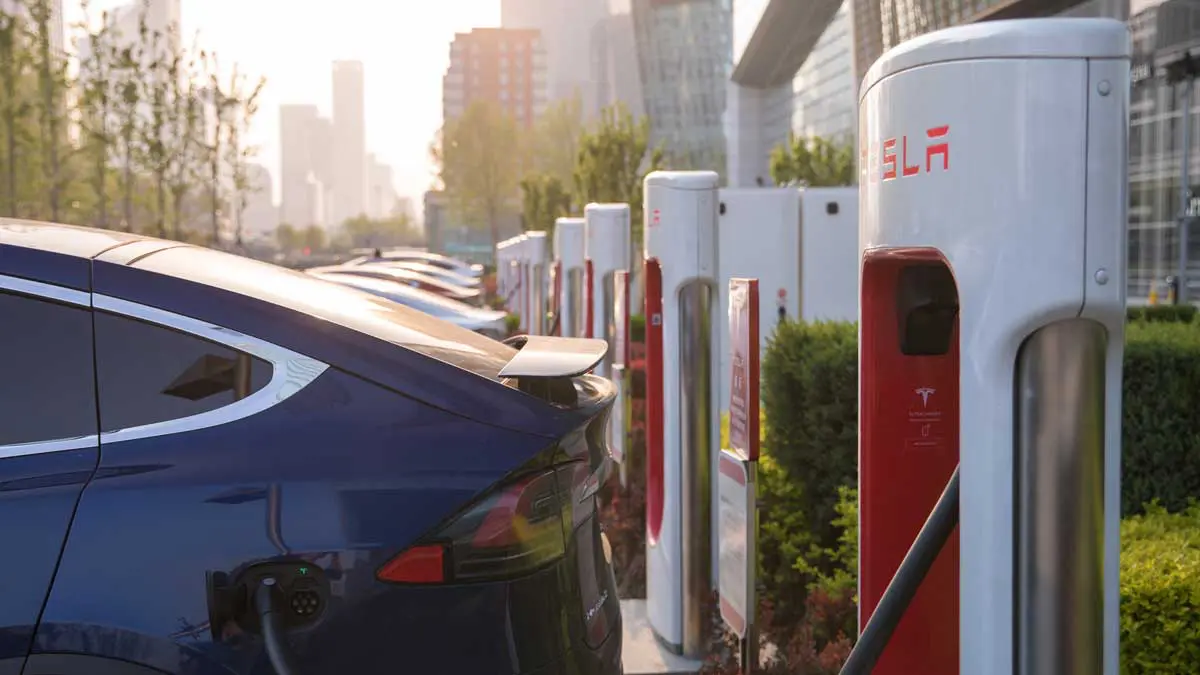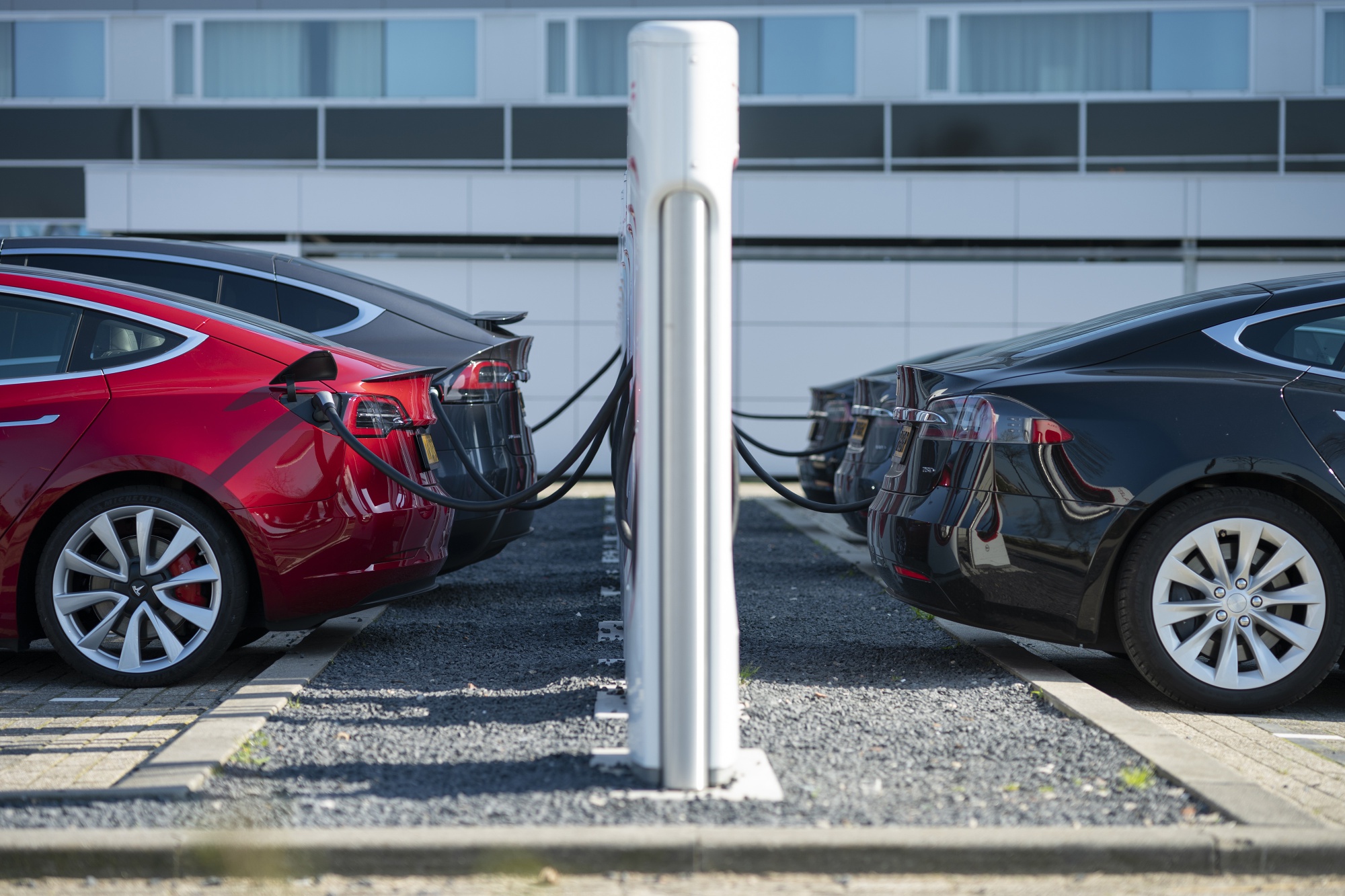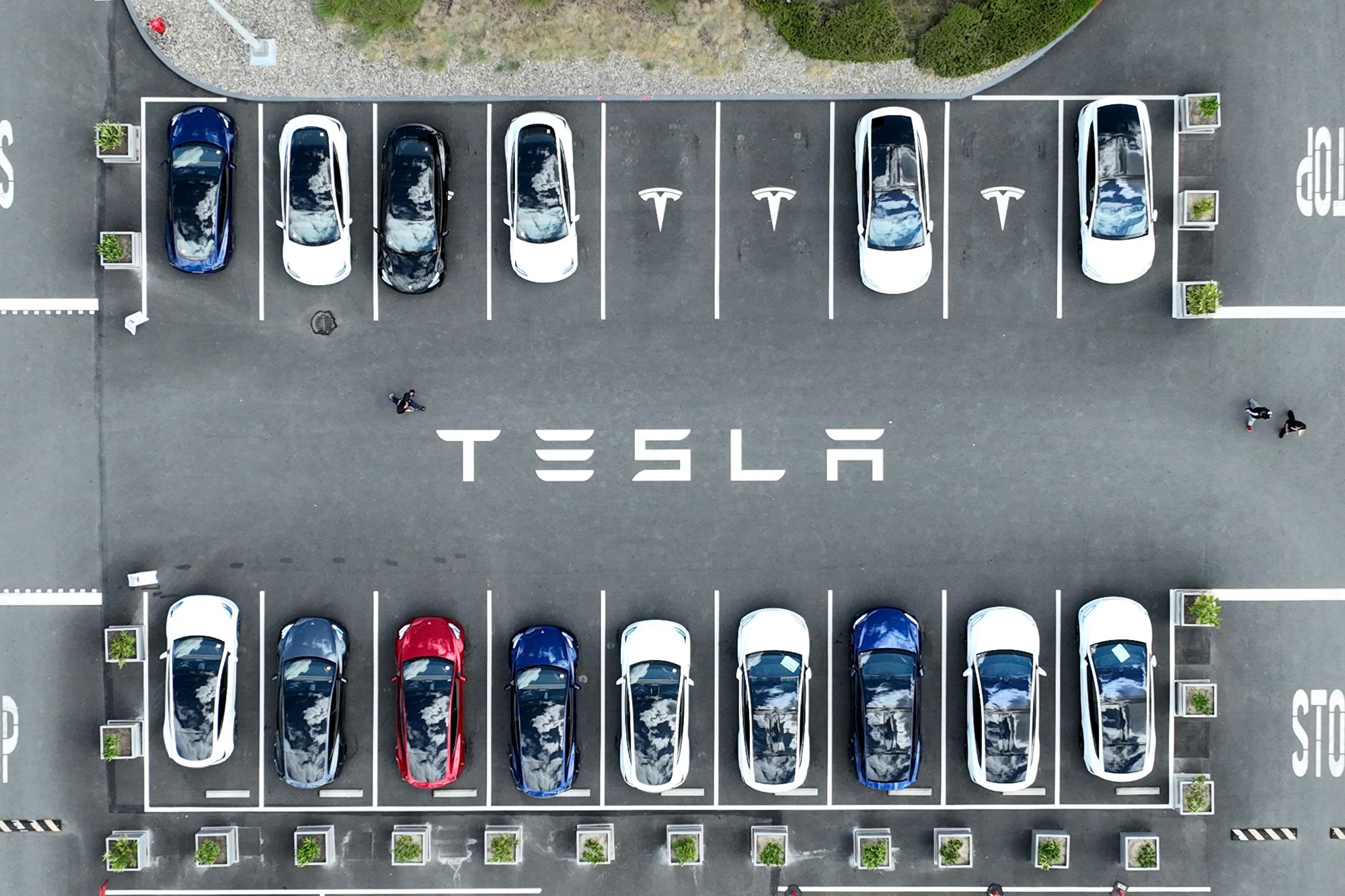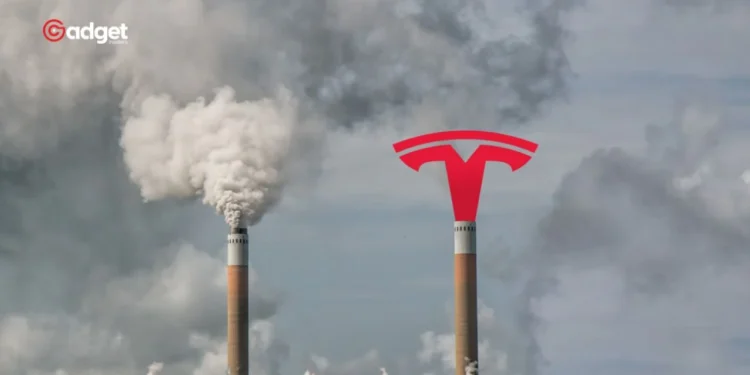Tesla, a brand synonymous with innovation and sustainability, faces a pivotal challenge as its greenhouse gas emissions surged in 2023, despite its ambitious net-zero emission goals. The electric vehicle giant’s latest impact report casts a stark light on the complexities of balancing rapid business expansion with environmental stewardship. With nearly a 20 per cent increase in emissions, jumping from just under 42 million metric tons to over 50 million metric tons in just one year, Tesla’s ecological footprint is expanding at an alarming rate.

A Closer Look at Tesla’s Environmental Report Card
The primary source of these emissions stems from Tesla’s extensive supply chain, which accounts for almost 80 percent of its total carbon footprint. This highlights a critical area of concern not only for Tesla but for similar companies worldwide, where the bulk of carbon emissions derive from indirect activities that are often harder to control and regulate.
Tesla’s commitment to achieving net-zero emissions “as soon as possible” is prominently featured in their report. The document outlines several initiatives aimed at reducing the company’s environmental impact, including investing in renewable energy and enhancing the sustainability of their manufacturing processes. However, the report also underscores significant challenges, such as the increase in supply chain emissions, which pose substantial hurdles in their path to sustainability.
Regulatory Challenges and Corporate Transparency
In its quest for greater transparency, Tesla seems to be aligning with new regulations from the Securities and Exchange Commission (SEC), which demand detailed disclosures about climate change impacts and strategies. Although a 2022 proposal by the SEC to include indirect emissions from supply chains and product usage faced opposition and was not included in the final rules, Tesla’s proactive stance in this area signals a commitment to compliance and investor transparency.
Despite the regulatory backdrop, Company’s report is critical for understanding how far the company has come and how far it needs to go. It marks the first instance where Tesla has explicitly stated its goal to achieve net-zero emissions across the entire lifecycle of its products—from production to recycling.

Moving Forward: Innovation and Accountability
As company moves forward, the need for continuous innovation in green technology and more robust environmental strategies becomes evident. The company’s push to power all its operations with renewable energy, mirroring its approach with the Supercharger stations, is a step in the right direction but also highlights the need for a more comprehensive and clear roadmap towards its environmental aspirations.
Environmental advocates and regulators alike are watching closely, calling for more decisive action on reducing emissions within the company’s supply chain—the largest contributor to its carbon footprint. The road to net zero is fraught with complexities, but as a leader in the electric vehicle industry, Company’s efforts to refine its sustainability practices will be crucial in setting standards for others to follow.

Conclusion: Tesla at a Crossroads
Tesla’s journey towards sustainability is emblematic of the broader challenges facing the tech and automotive industries today. Balancing growth with environmental responsibility requires not just innovation but a renewed commitment to transparency and effective management of supply chain emissions. As the company aims to redefine the future of transportation, how it navigates its sustainability challenges will likely influence an entire industry’s approach to environmental responsibility.










